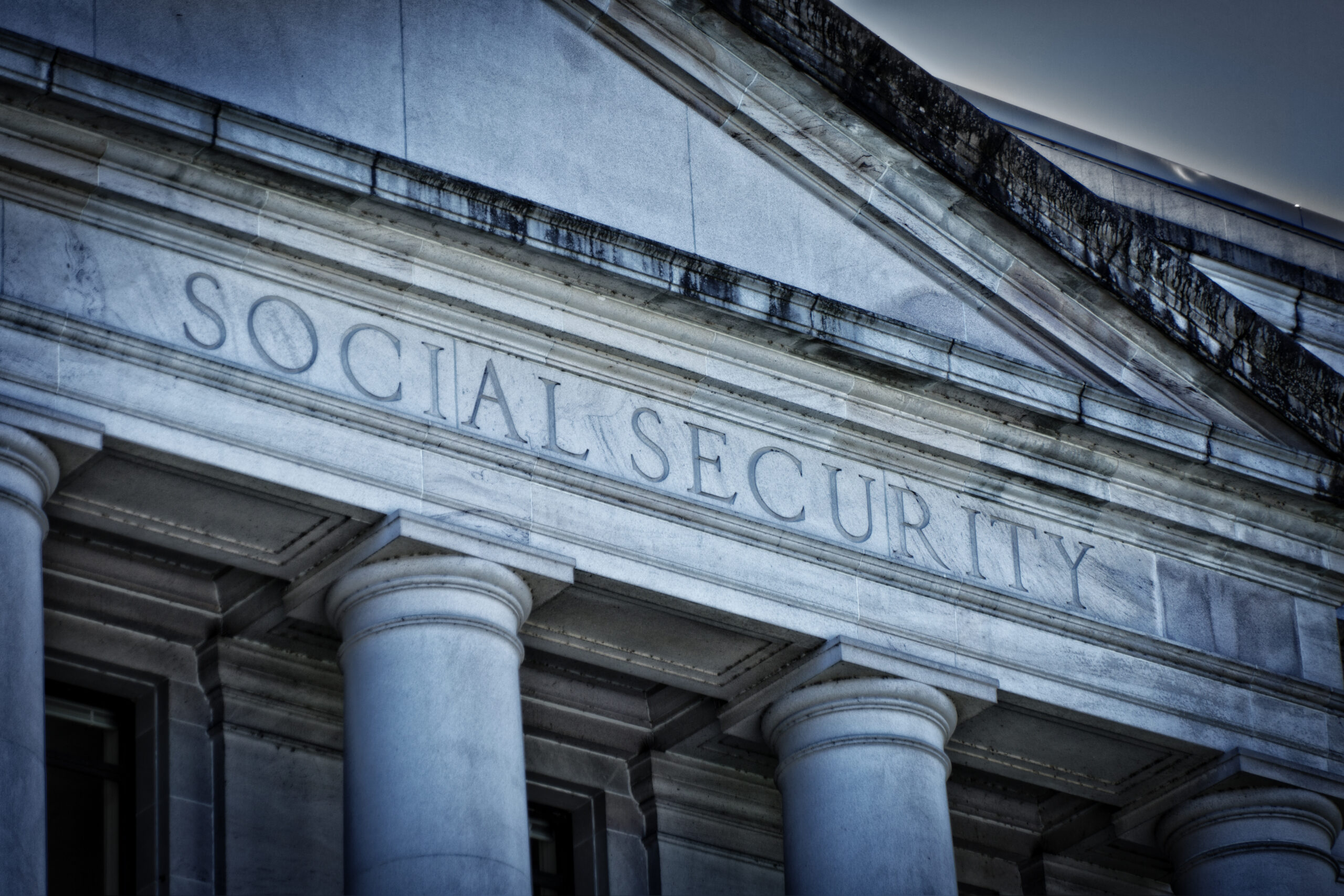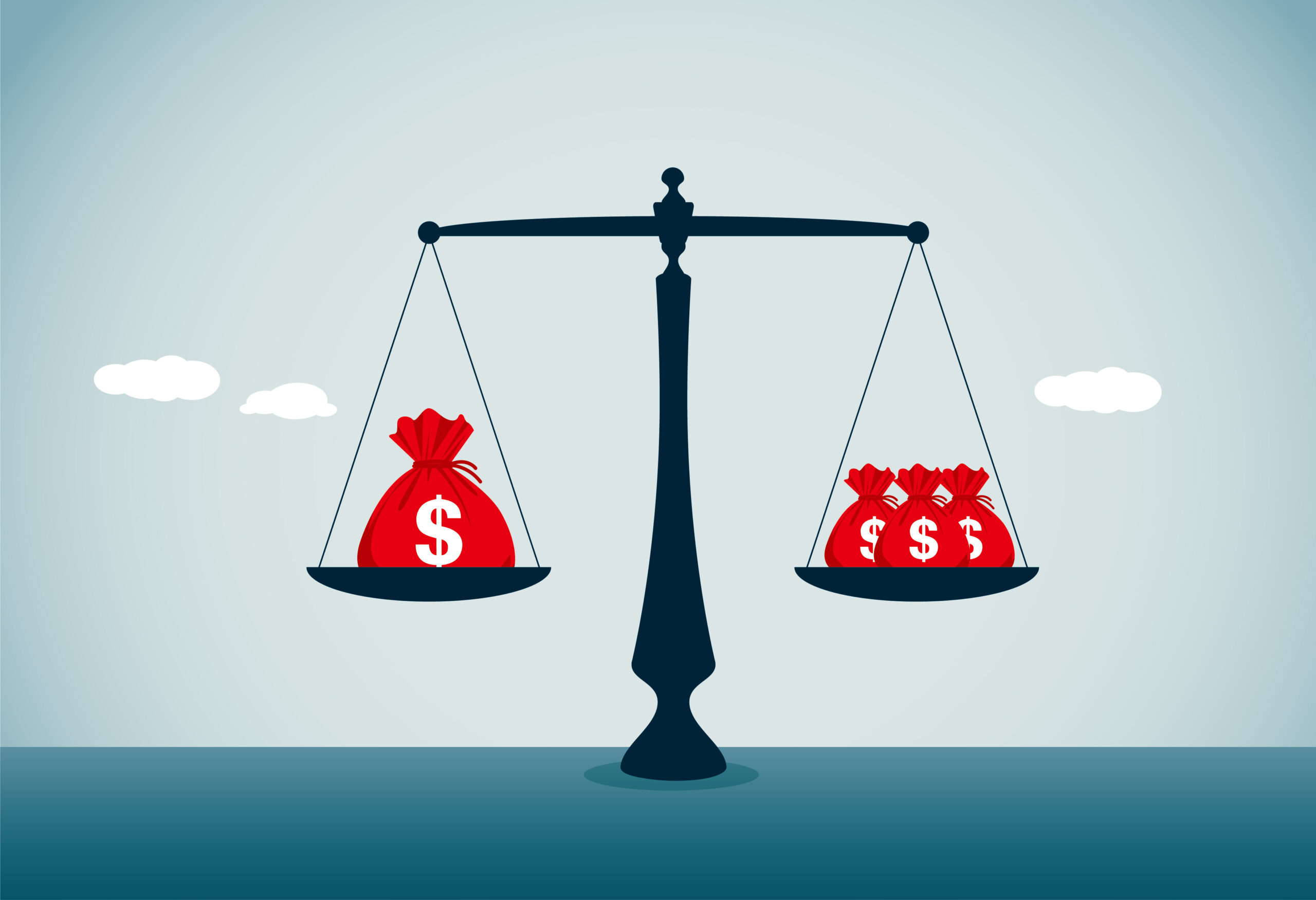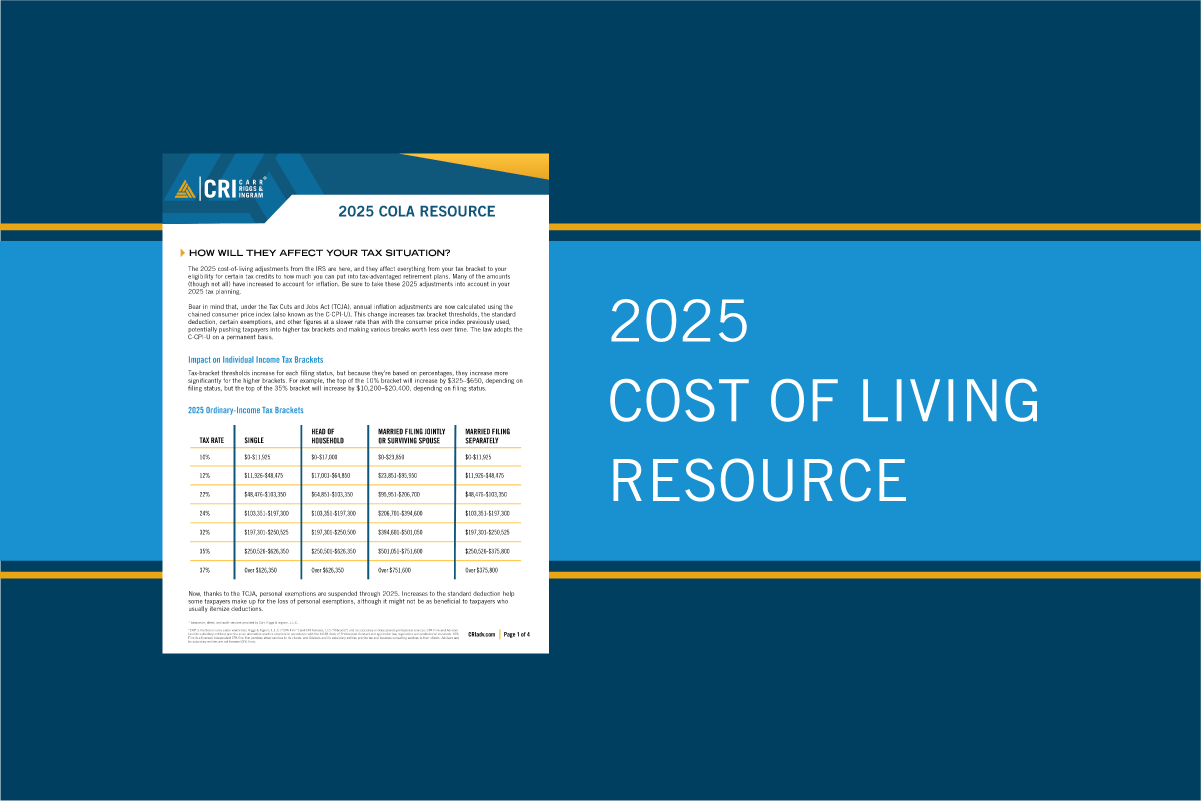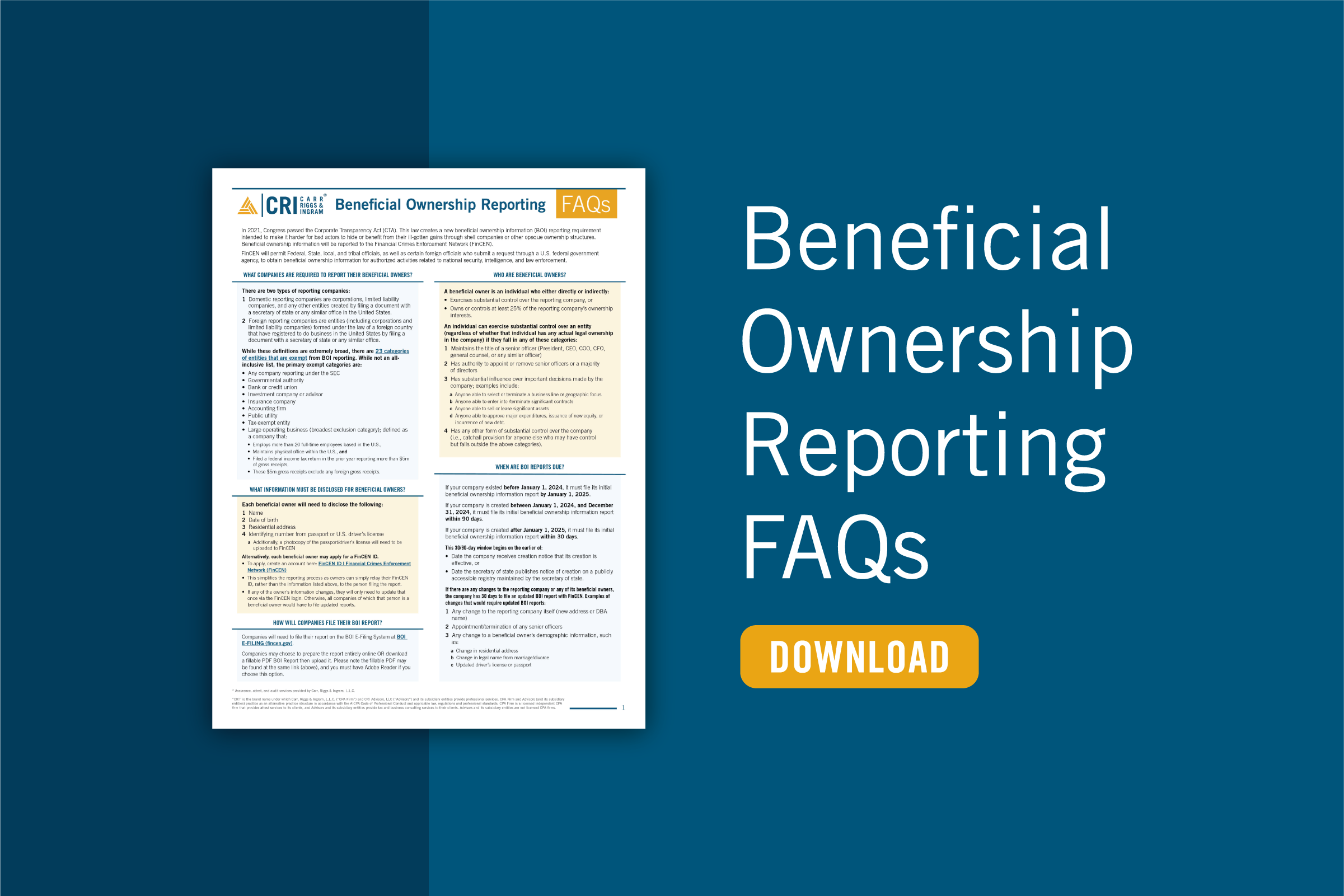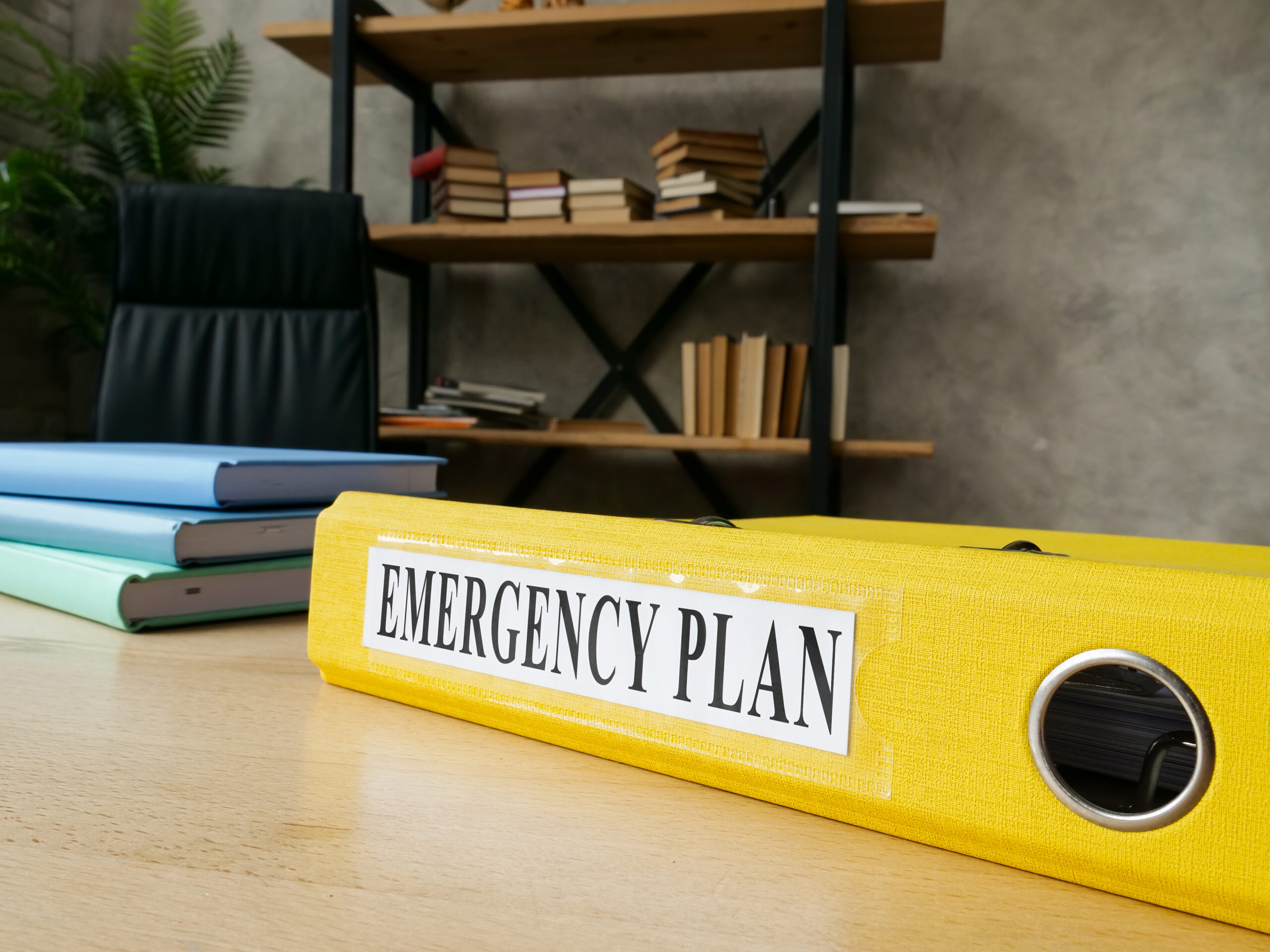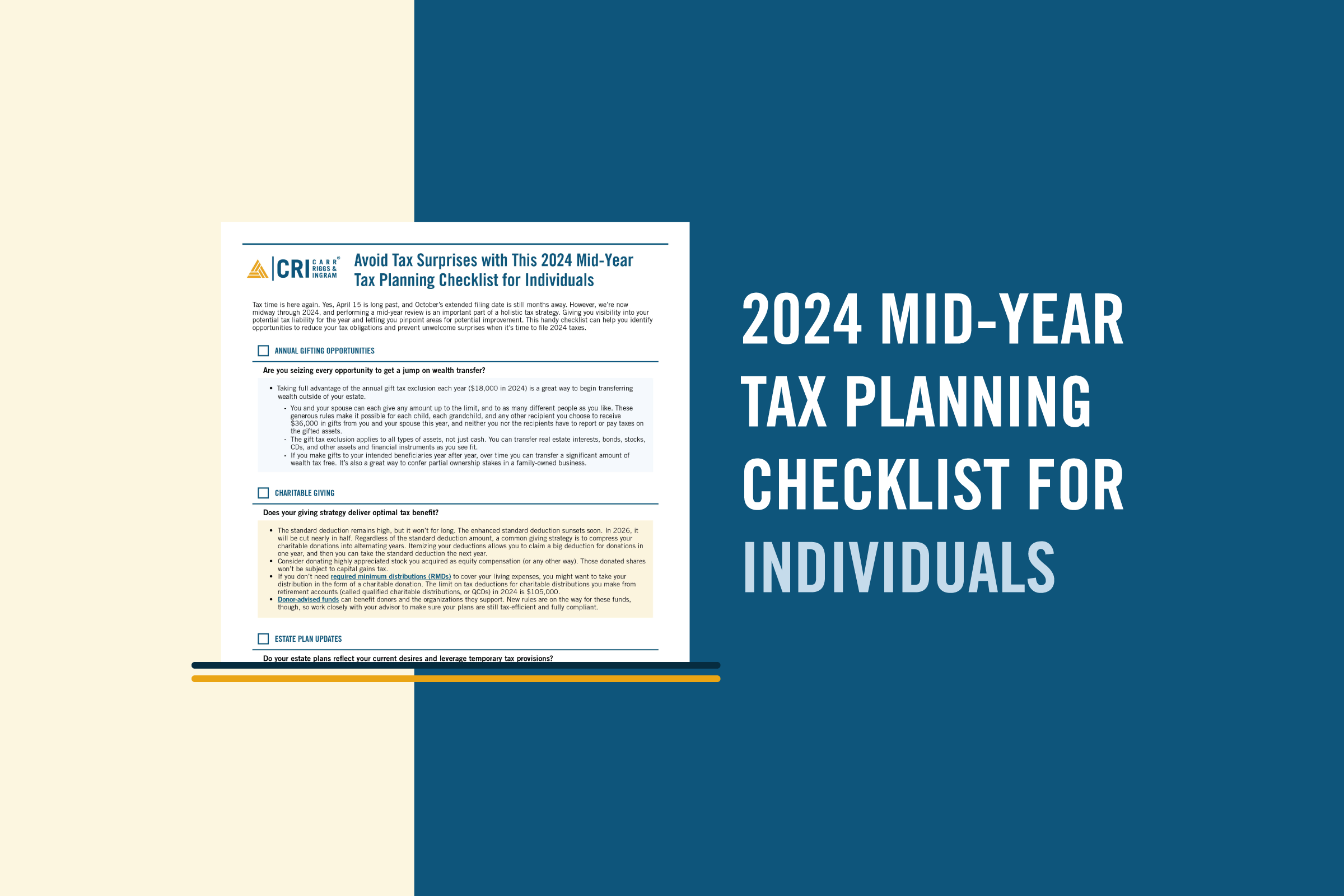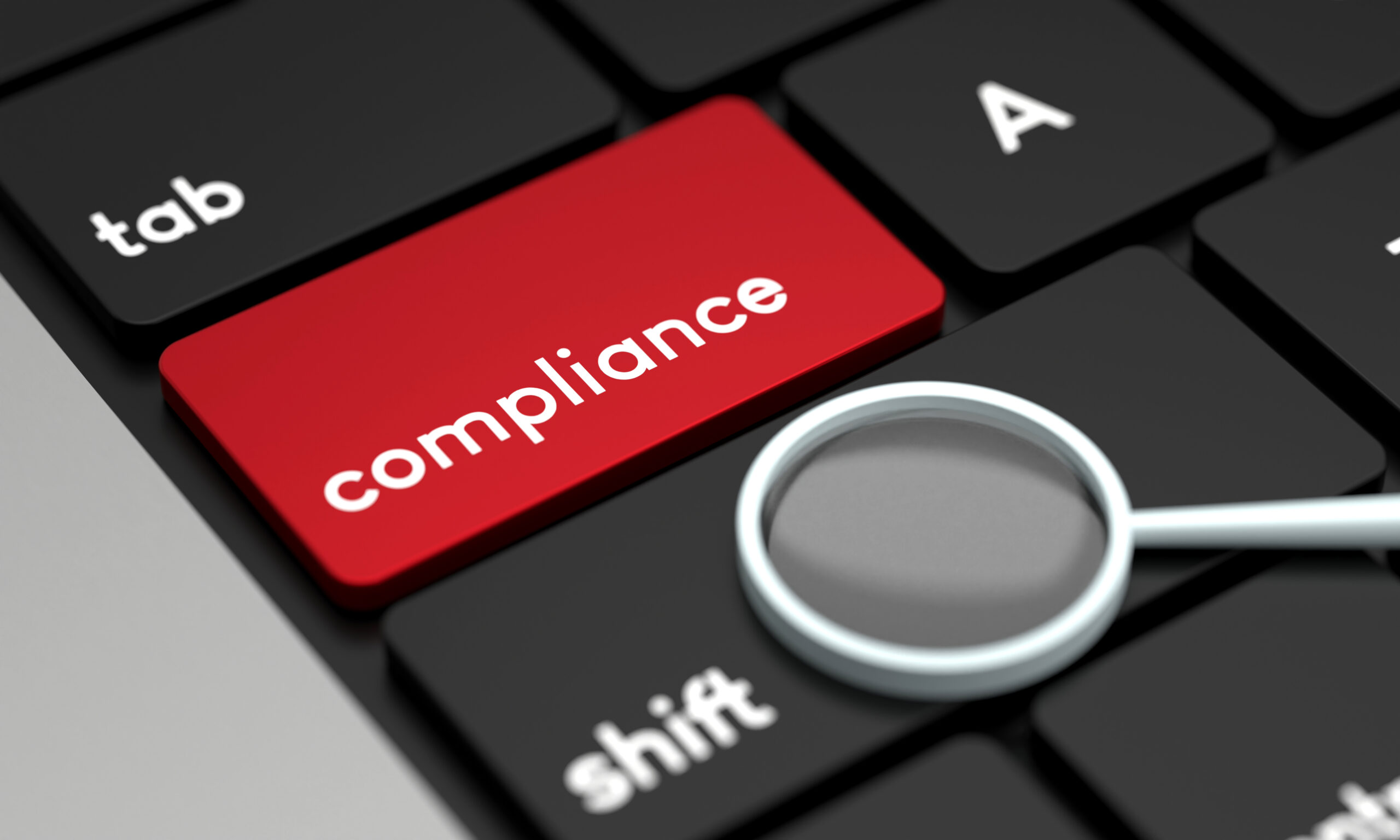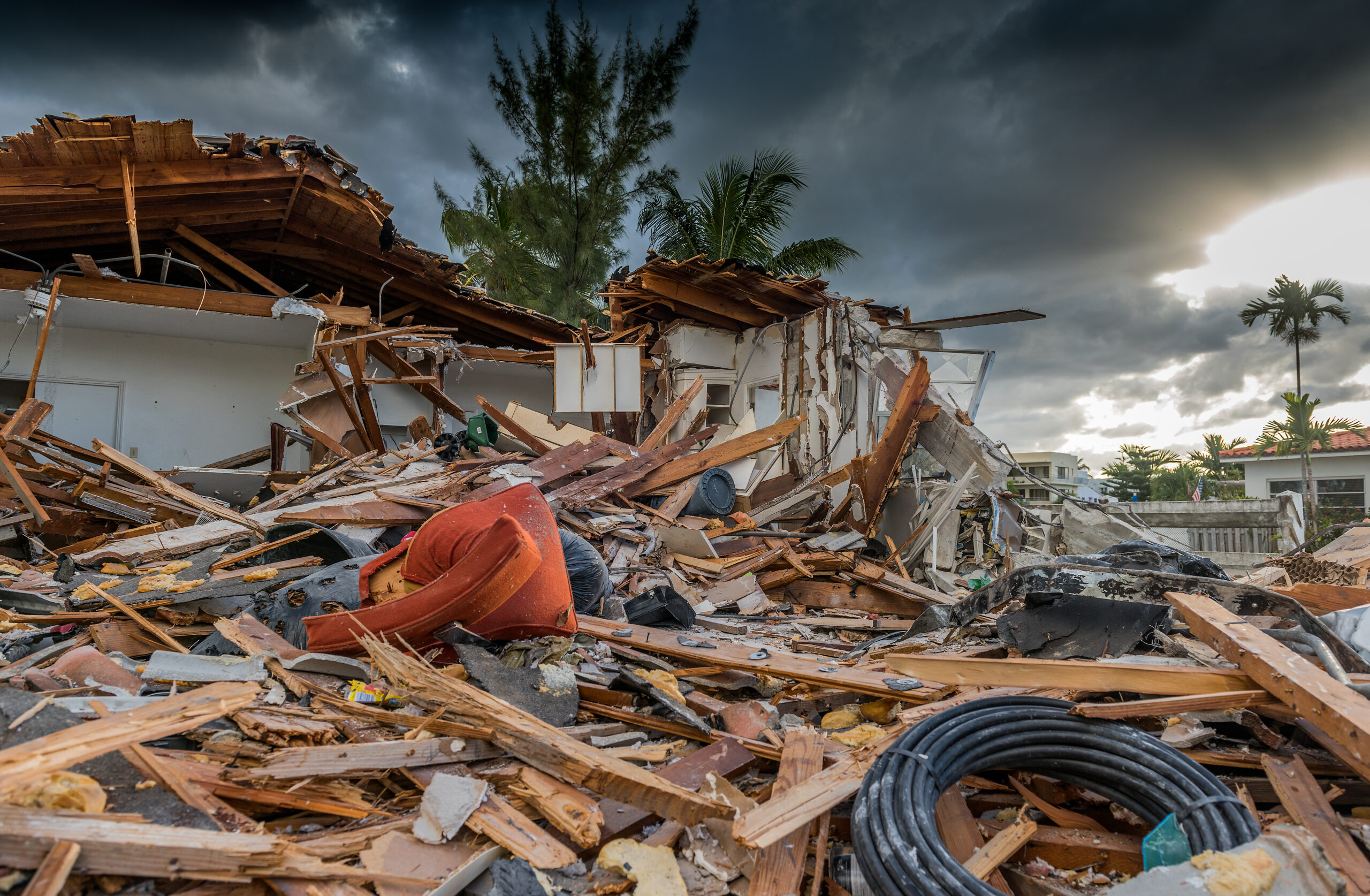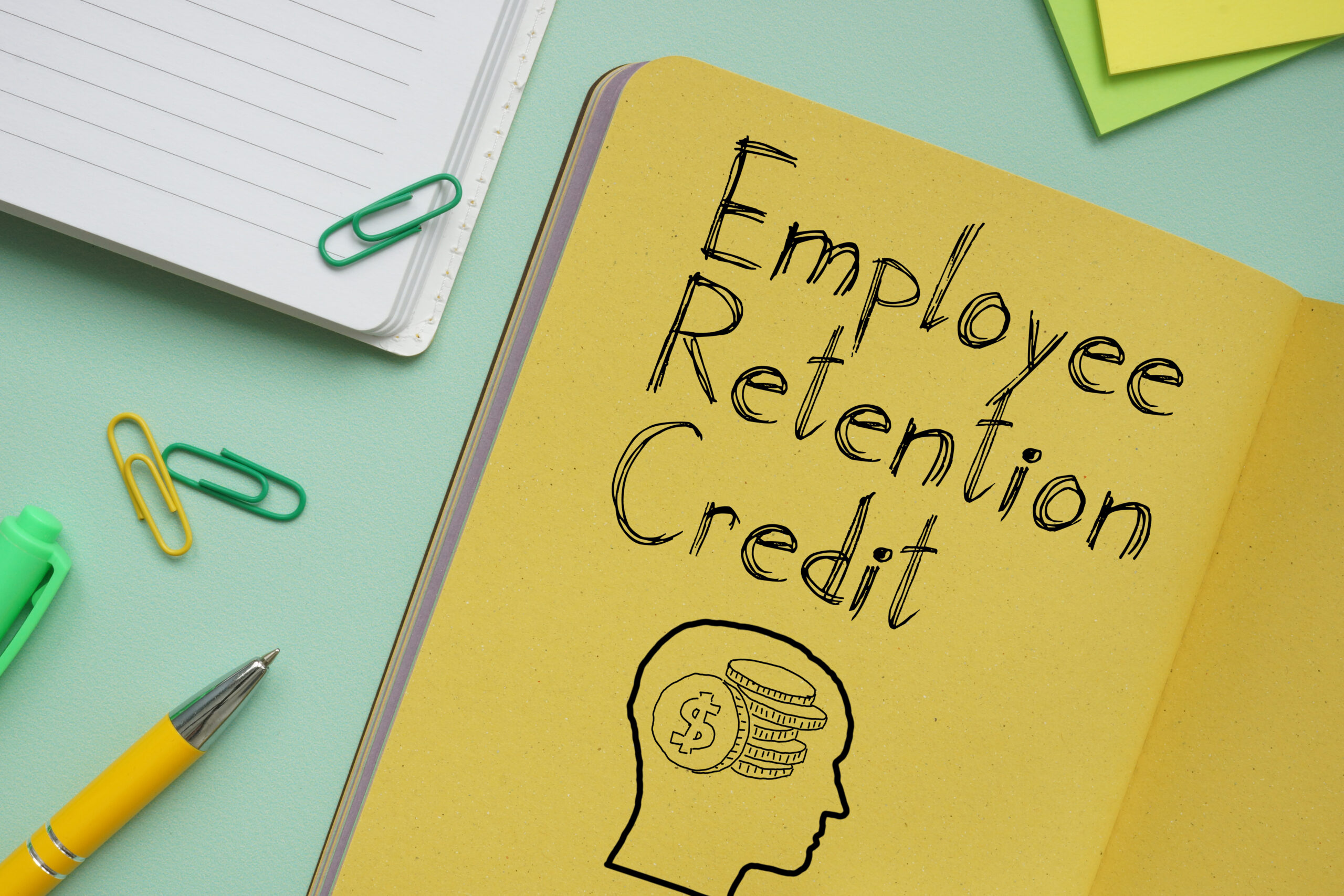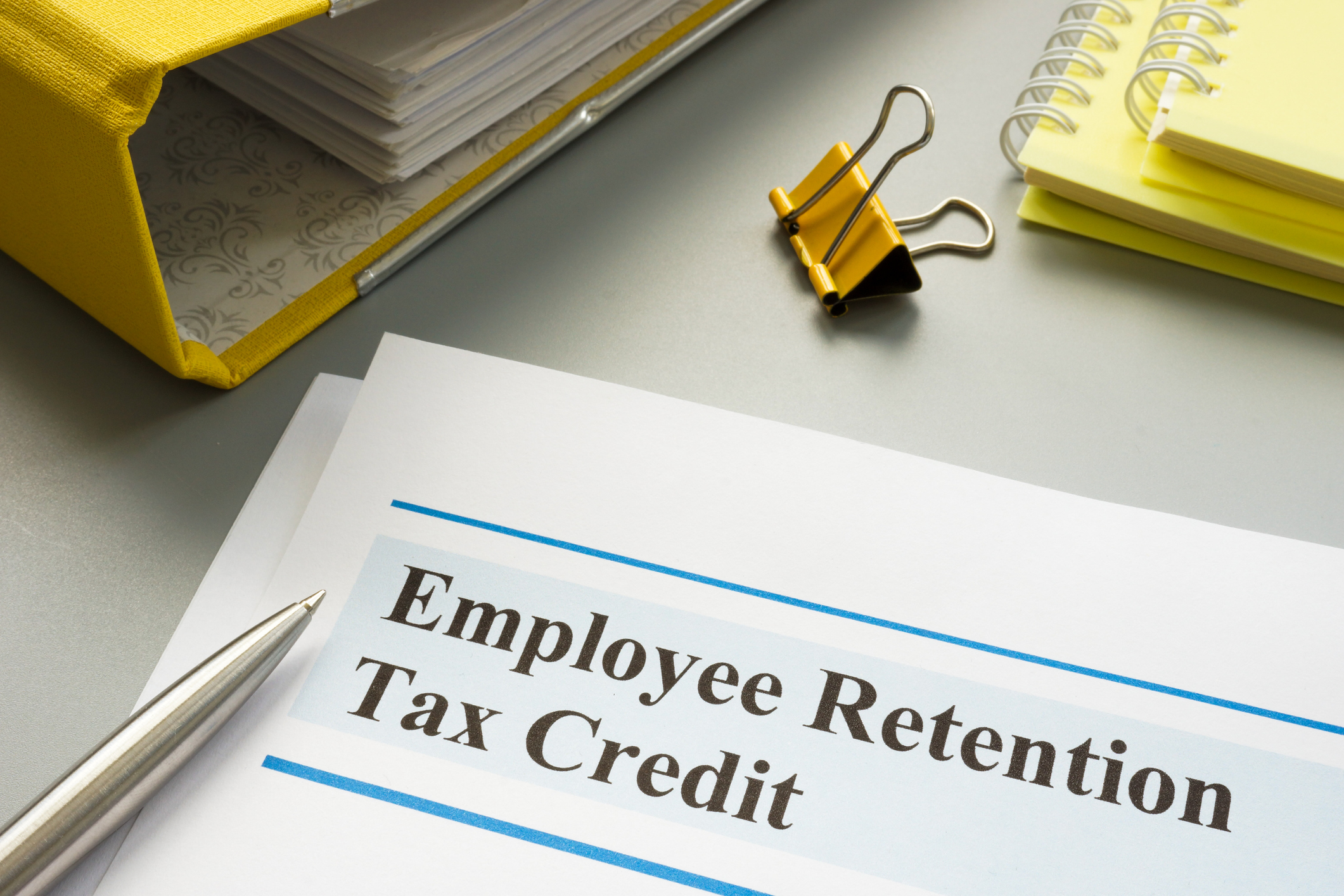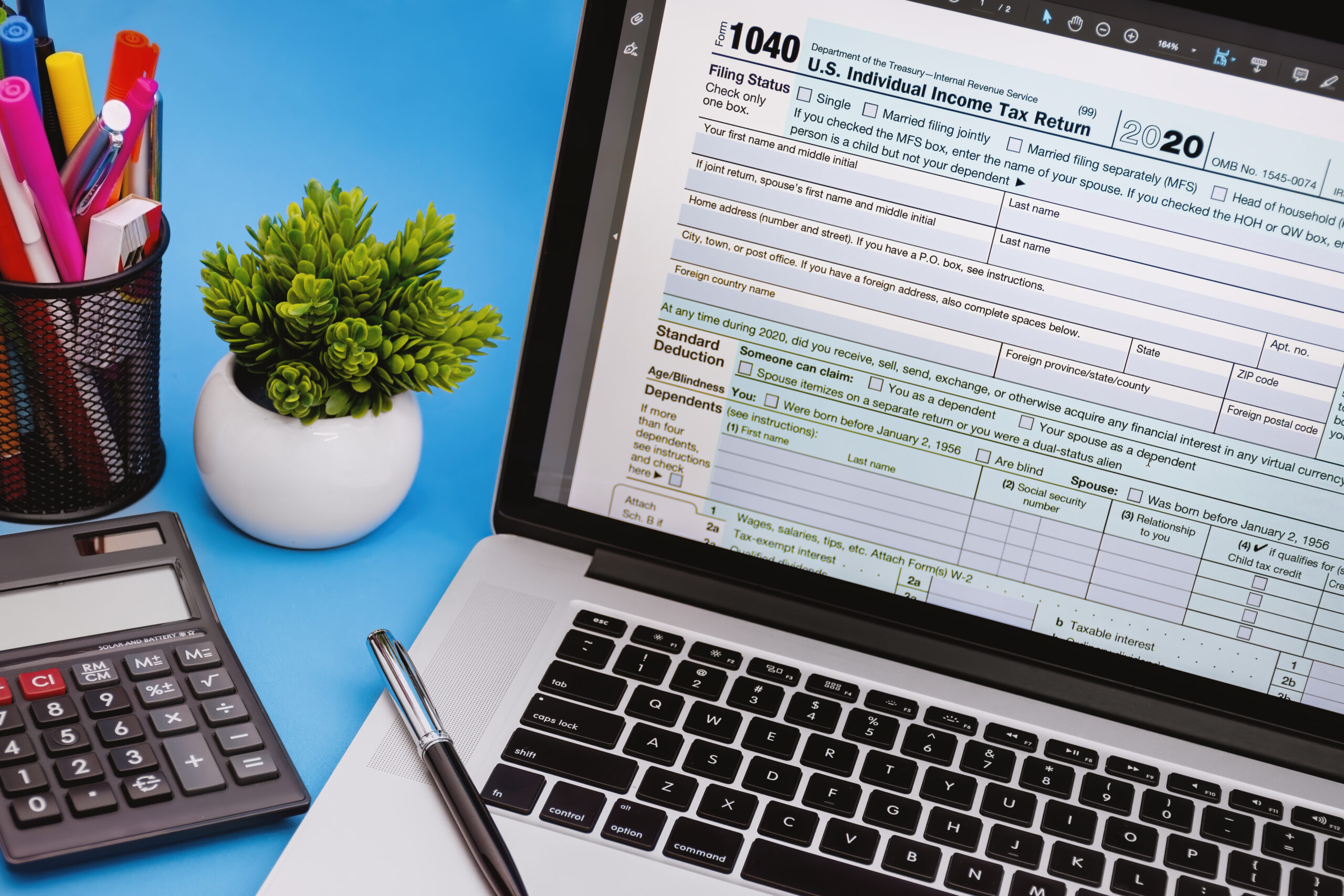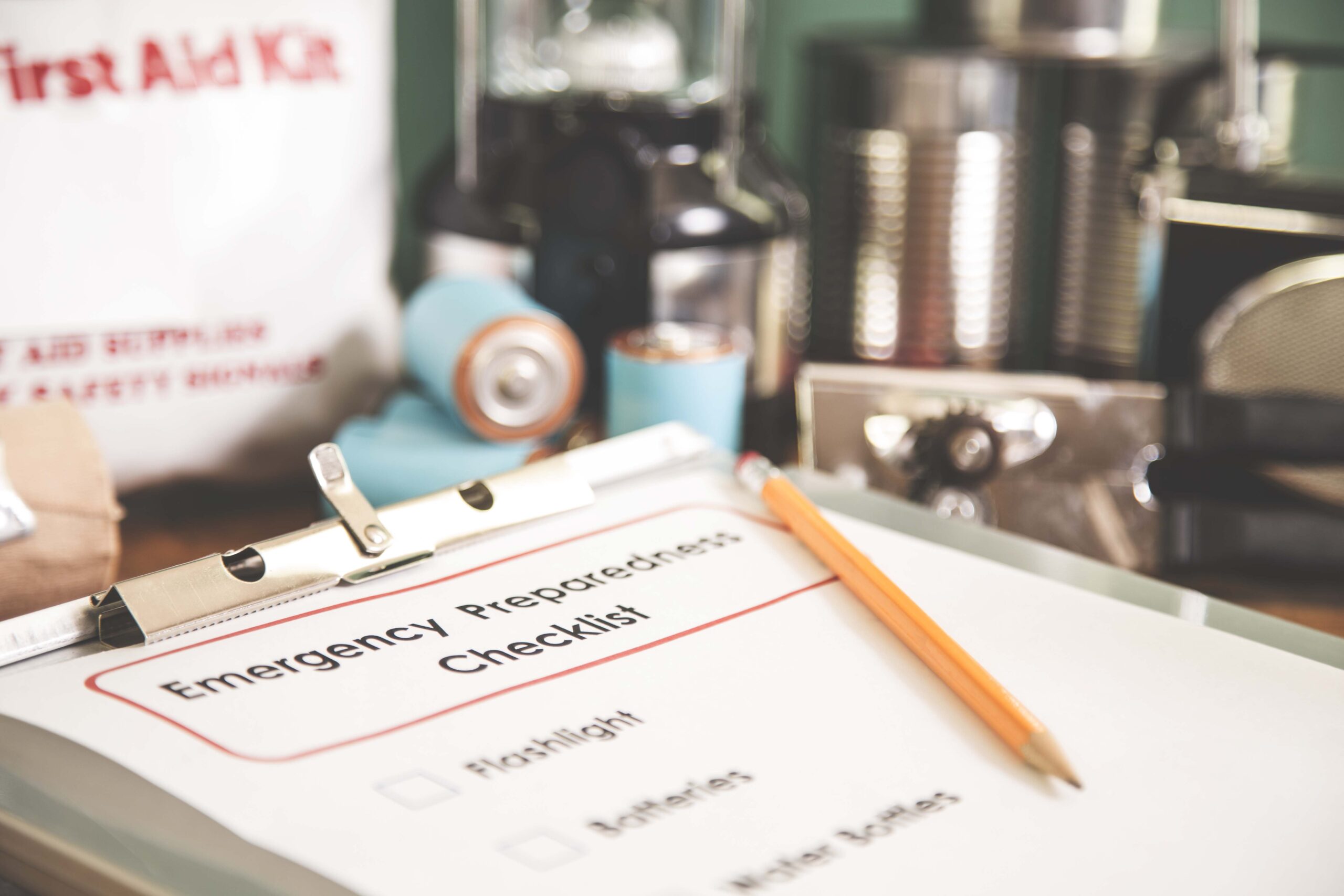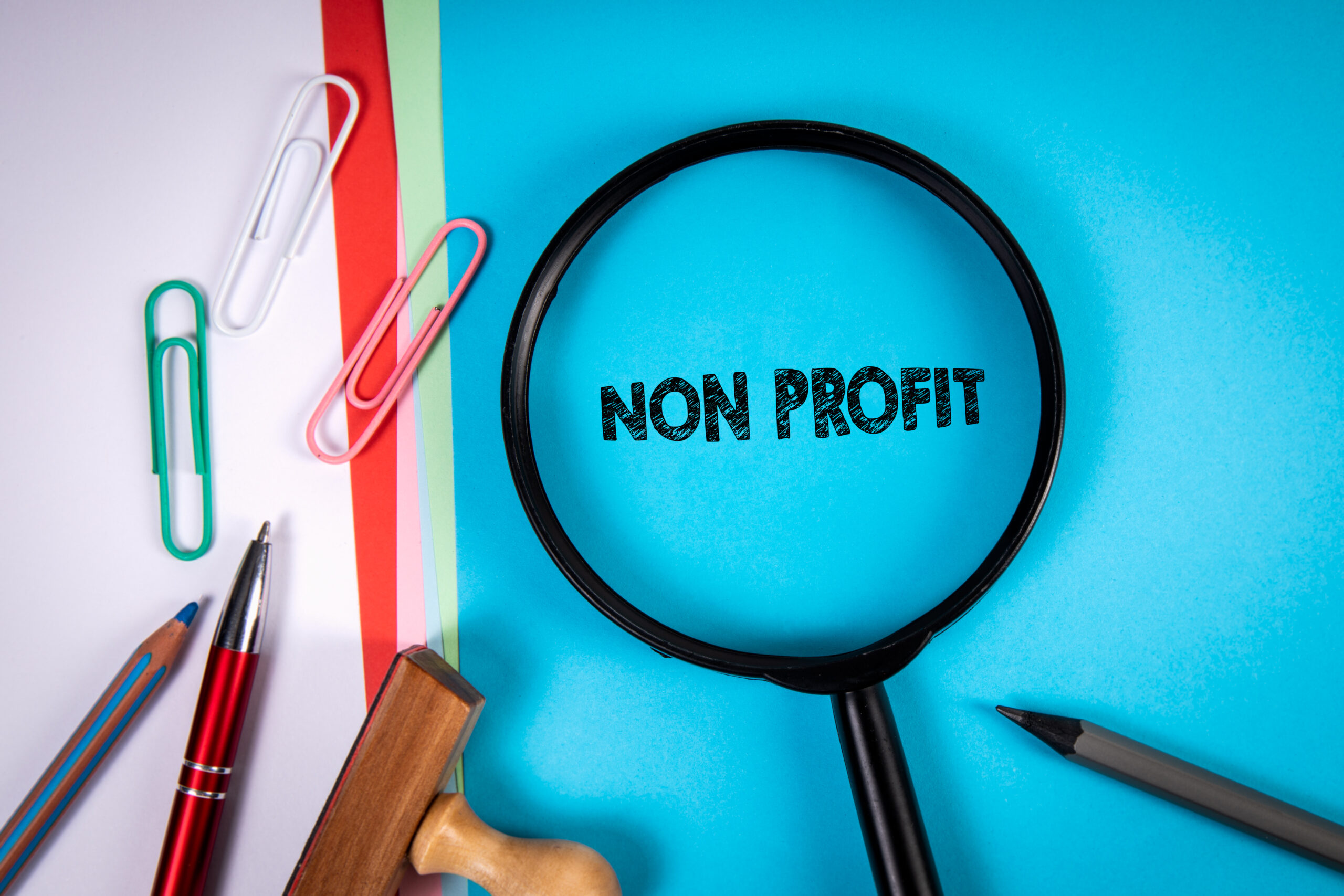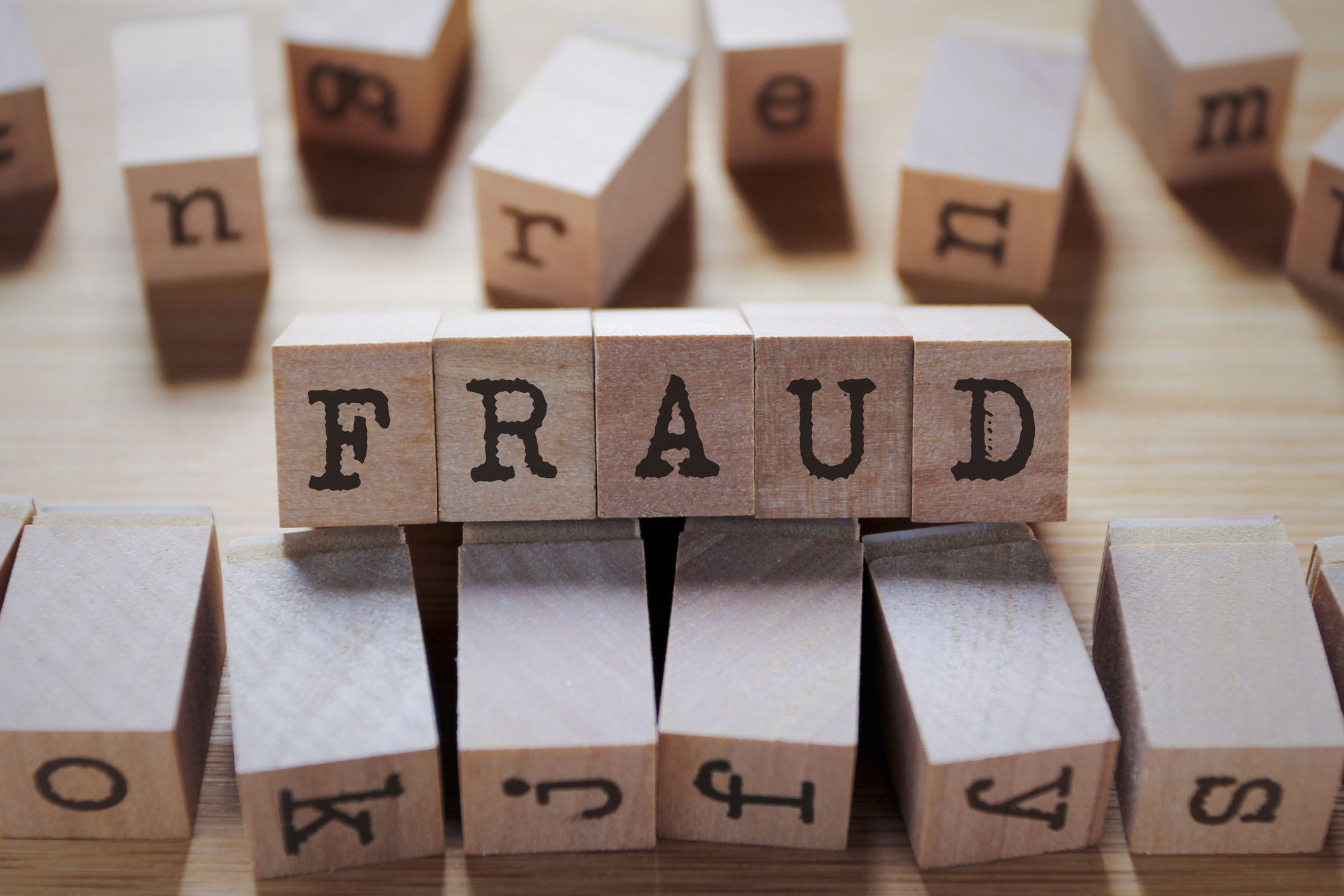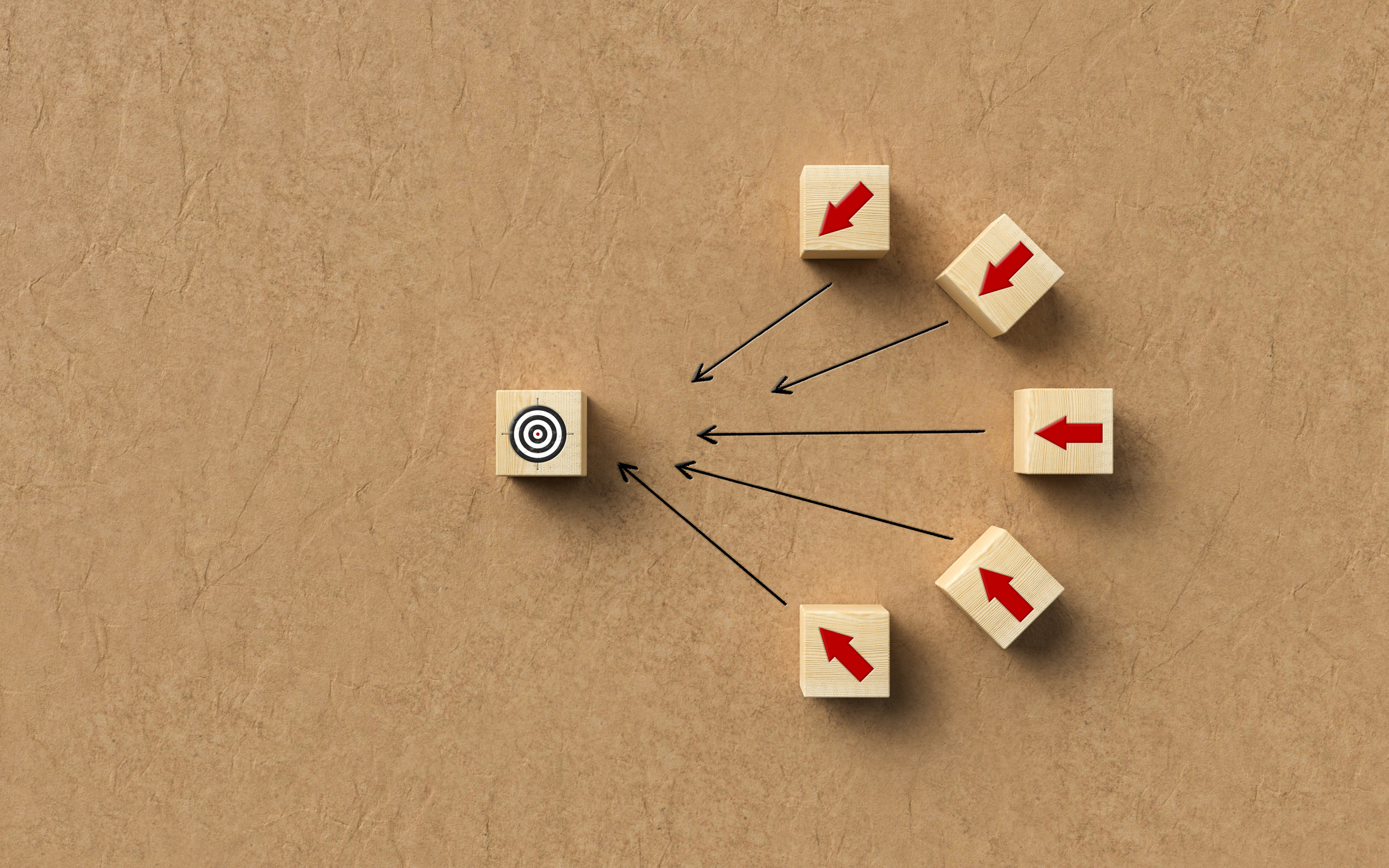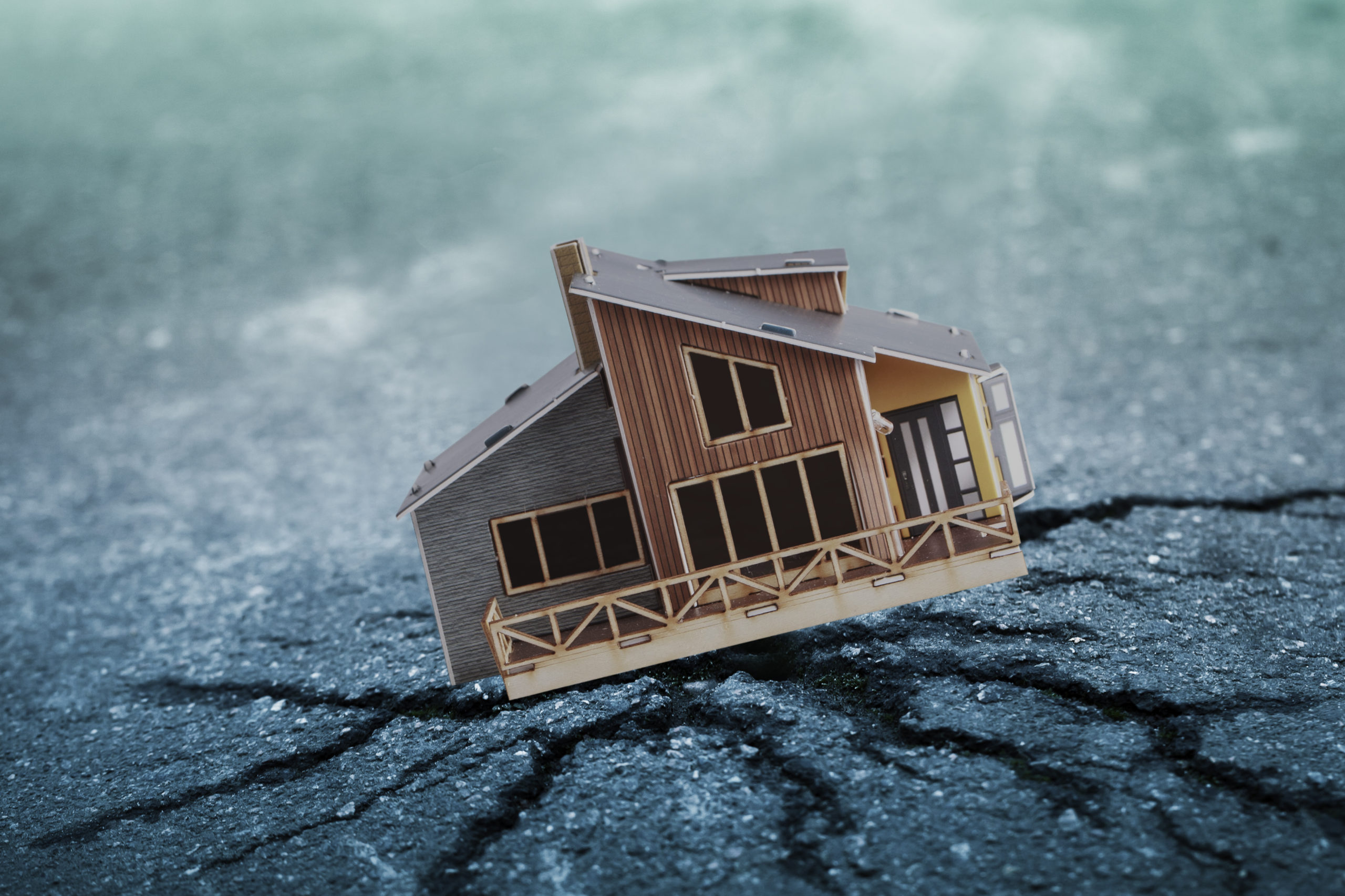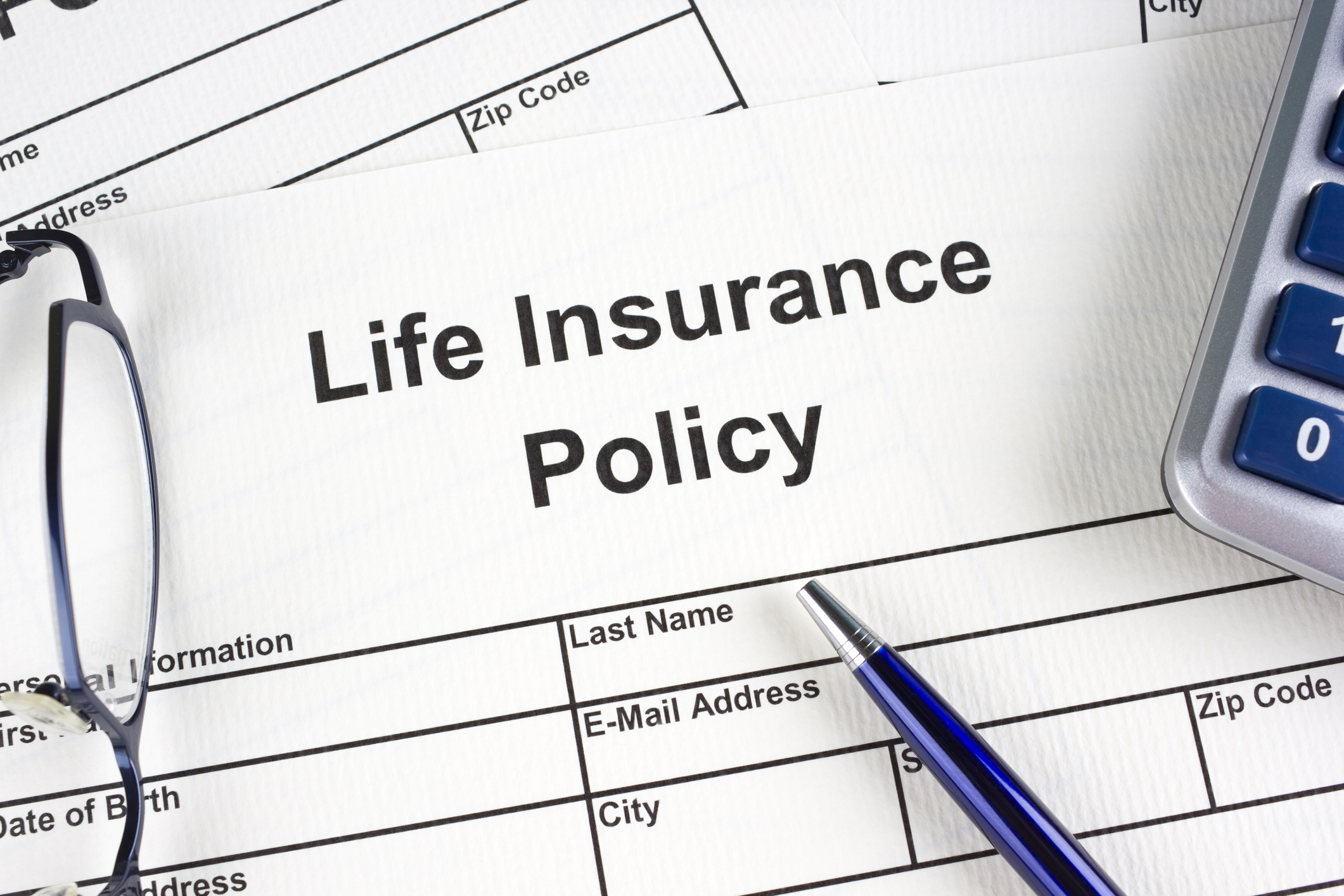Drafting a Business Continuity Plan (BCP)
Jul 5, 2023
Disasters happen. From hurricanes and earthquakes to floods and wildfires, recent years have shown us that every business must be prepared for a potential disaster or crisis. Since disaster is sometimes unavoidable, a business owner’s best bet is preparation. Having a well-thought-out business continuity plan (BCP) in place can help you weather whatever storms come your way.
Hardware and software failures, internet and cloud service outages, senior leadership and employee mistakes, cybersecurity incidents, intellectual property theft, and even global pandemics pose as much risk today as traditional fires, floods, and killer bees. But whatever the cause of the interruption to normal business, a lack of planning creates additional vulnerability by leaving you at the mercy of the situation.
Business Continuity Planning vs. Disaster Planning
Business leaders sometimes believe they’ve covered their bases with the company’s disaster plan, but there’s an important distinction. Disaster planning is about putting on armor to shield you from the slings and arrows of outrageous fortune; a BCP outlines how you’ll keep selling widgets while those arrows are raining down.
If your disaster plan involves moving computers and people out of the way of an incoming hurricane, for example, then your BCP describes the steps you take to retain staff, relocate offices, and continue to serve customers once the building has flooded.
Key Elements to Include
The goal of a BCP is to let you maintain operations after a disaster or crisis so the company can survive the turmoil and emerge positioned to thrive once again. Your plan should include detailed strategies for:
- Protecting employees. How will you avoid exposing staff to undue risk during the crisis? Establish ways to protect them using appropriate tools (e.g., masks and plexiglass shields), modifications to where and when they work, transportation options, and other solutions to minimize potential danger.
- Safeguarding records, documents, and inventory. Determining which items are critical is a first priority. What physical objects must you safeguard in order for the business to get through this period, and how will you protect them?
- Communicating with clients and customers. It’s easy to lose sight of the customer experience in tumultuous times, but being there for them during an emergency fosters goodwill and strengthens the relationship. Plan for clear communications that let customers know what’s happening, what you can and cannot do, and how you can help. They’ll appreciate transparency.
- Incorporating flexibility. Be prepared to revise processes and protocols as needed, letting you operate “outside the box” in an actual emergency. Think creatively to solve problems so you can provide at least some of your standard products or services and stay in touch with vendors, working together for mutual success in challenging conditions.
BCP Best Practices
While it’s tempting to skip the time and expense involved in preparing a solid BCP, planning ahead is a wise investment. After a disaster, most business owners wish they had invested more effort in planning and many regret not responding more quickly. If you have a contingency plan in place and know what to do, you are better prepared to take immediate action.
Visualize what a worst-case disaster scenario would look like before it happens. Few would have anticipated the dramatic effects of a novel coronavirus, it’s true, but the potential impacts of tornadoes, earthquakes, and hurricanes are relatively predictable. Identify the disasters that are most likely to happen and determine how to address the issues they would create.
Don’t minimize the importance of cash flow, either. Disasters tend to bring added expense when revenue may have vanished or dropped drastically; adequate cash reserves or an established line of credit can help bridge the gap between disaster and normalcy. Stash some money each month in a dedicated account to fund emergency needs.
Business insurance is another investment that can pay off in a disaster. Be aware, though, that it may take many months to receive compensation for a claim. In some cases, that may be too late to save the business. If you decide to purchase it, be sure to have a qualified insurance attorney scrutinize the policy before you sign.
First Steps to Making a Business Continuity Plan
Business continuity planning starts with a realistic evaluation of your current level of preparation for an event that disrupts normal operations. What would happen if revenue stopped tomorrow? How well could you meet cash flow needs and handle inventory management issues?
Consider seeking professional help in creating accurate financial projections to support your plan. But whatever path you choose, know that the business advisors at CRI are here to assist you in good times and bad.





